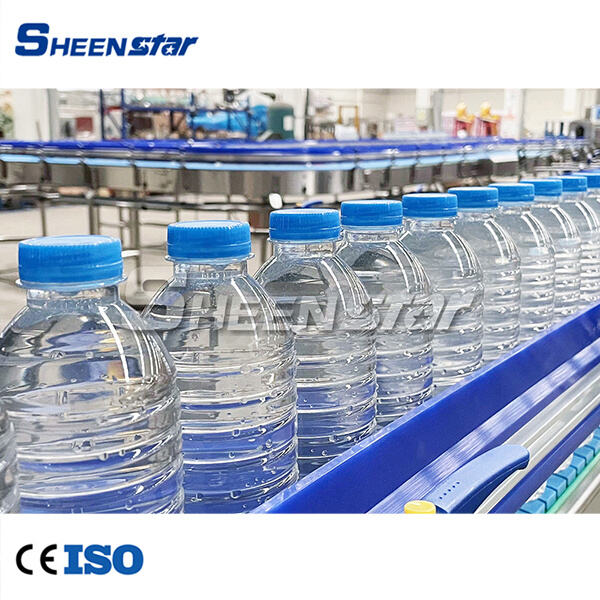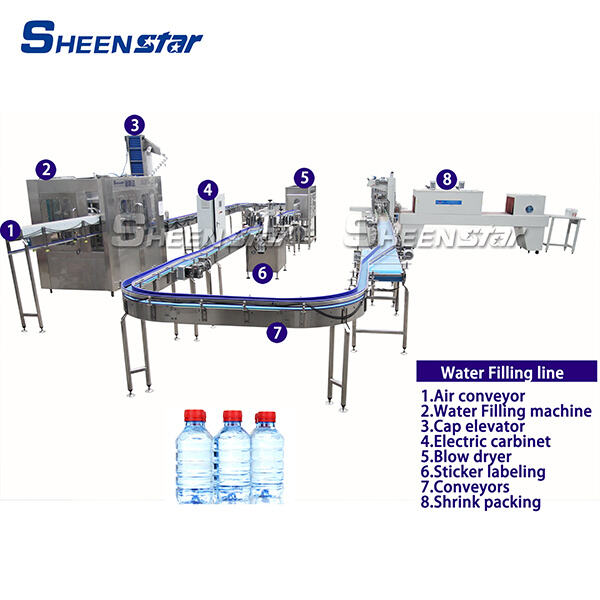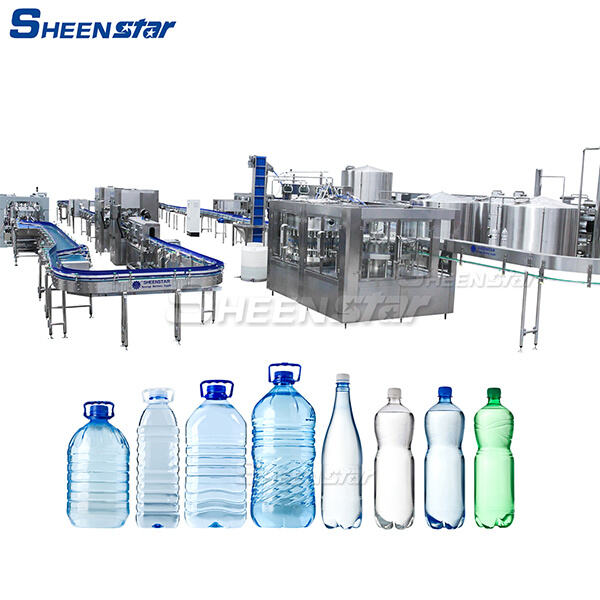Have you ever thought about how clean drinking water gets into your home? Have you ever thought how dirty water is transformed into safe water for all? So if you are interested, yes let's break down how we get drinking water!
You would see a lot of big machines and pipes working inside a drinking water production plant to purify the water we are providing. Like putting raw chemicals into a factory and getting pure product out, the water plant takes in dirty water from rivers or underground sources and spits out pure drinking water for humans.
The process of making drinking water starts with drawing naturally dirty water from sources such as rivers or underground wells. The water is then placed through a process known as filtration, where impurities and debris are removed. The water is then disinfected, killing any harmful germs and bacteria to ensure that it is safe to drink. From there, this clean water moves through pipes and into houses, schools and other places where people need clean drinking water.

Its vital that the water we consume is safe and purified. This is why workers at drinking water plants test the water multiple times a day to ensure it is safe. These workers collect samples of the water and test them in specialized laboratories for harmful germs or chemicals. If they discover anything hazardous, they repair it before the water is shared with the population.

Water purification plants use many advanced technologies to recover the drinking water safe and clean. One of those technologies is reverse osmosis. This is the point when water is forced through special filters to extract extremely small particles. Another technology is ultraviolet disinfection, in which ultraviolet light gets rid of harmful germs in the water. These technologies are critical in ensuring our drinking water quality for all.

Drinking water production plants do not only work towards providing clean and safe water. This means they do not waste resources and ensure that the process of creating pure water does not have a negative impact on the ecosystem. Some plants operate machines with renewable energy such as solar power, while others cycle water back through their operations. These plants can continue to provide clean water for decades, being sustainable efficient.
Customization drinking water production plant available to meet the needs of our clients. We provide a layout diagram for the factory to design the bottle and label. We can provide a production schedule during the production process of the machine. At the same time, we have a professional after-sales service department that provide prompt and professional technical assistance. The engineers will visit manufacturing facility of the customer to set up, test and run the equipment. They will also train workers on how to make use of and maintain the equipment. This ensures smooth operation of the equipment and efficiency of the production.
have a knowledgeable and knowledgeable quality inspection team, from the procurement raw materials to production and manufacturing. Our quality inspection department closely monitors every step ensure that all equipment is in compliance with the highest quality requirements. The materials are SUS304/SUS316, superior quality, easy to clean, with longevity. Electrical components world-renowned manufacturers, with good quality, excellent service, and after-sales drinking water production plant.
Sheenstar is a 15-year old business vast experience in the field of drinking water production plantmachinery. We provide production, R and D sales, sales, and after-sales services, and are accredited ISO9001, CE and SGS certifications. We will configure suitable machines for our customers based on the market research, inquiry, and budget. Customers highly satisfied with the equipment and services. Sheenstar has outstanding reputation in the water and beverage machinery sector.
Sheenstar offers complete range of beverage production systems, including pure water fruit drinks, oil, soymilk, wine, yogurt. drinking water production plantmay be made of glass bottles, plastic bottles, 5 gallon barrels cans. The entire line comprises water treatment system, beverage pre-treatment system, injection molding machine bottle-making machine, refilling filling machine packaging machine, other related machines.